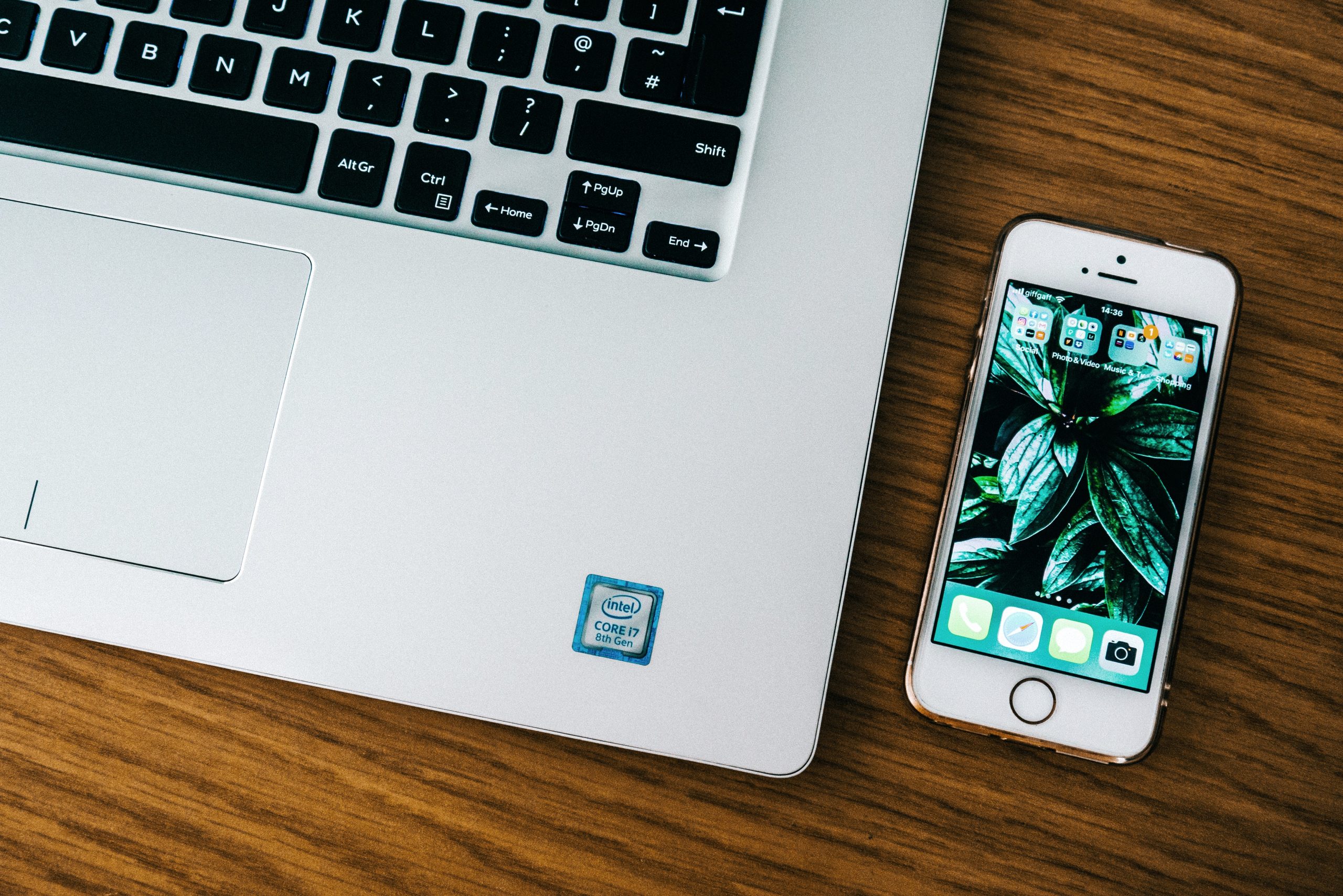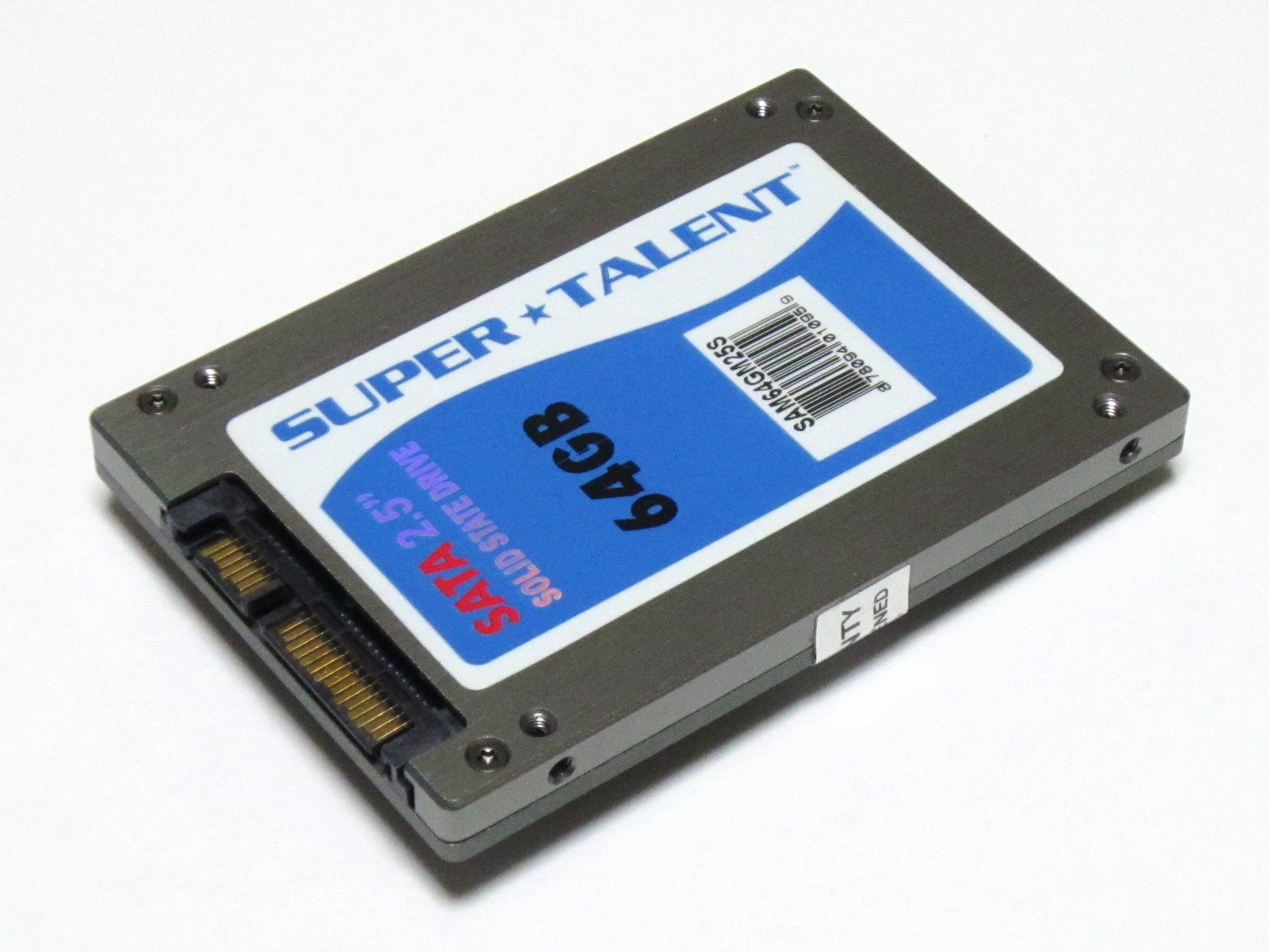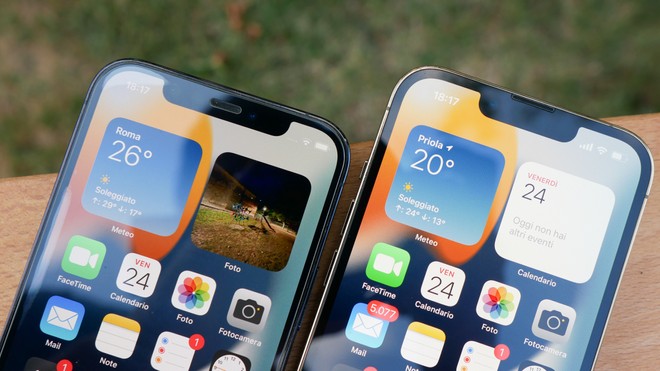The iPhone 6 is the new top-of-the-range smartphone from Apple in its smallest configuration. This year, in fact, Apple has launched two new iPhones: the iPhone 6 with a 4.7-inch screen and the iPhone 6 Plus, which is the first true “phablet” of the Cupertino company with a 5.5-inch screen. In this article we are going to offer you our complete review of the smallest model of the latest Apple iPhone.
Design: the state of the art (almost)
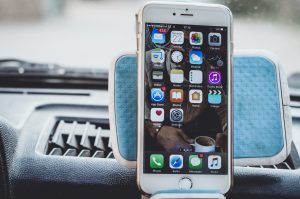
Design has always been the strong point of iPhones. Other companies have gotten closer in recent years, but Apple always remains a notch ahead. iPhone 6 is no exception and, as per the biennial tradition, brings a total renewal in the design of the device. In fact, Apple says goodbye to the iconic frame (which up to iPhone 4S integrated the antenna of the device) and replaces it with a rounded edge that is so reminiscent of that of the very first iPhone. The phone still drops in terms of dimensions in thickness: it goes from the 7.6 mm of the iPhone 5s to 6.9 mm iPhone 6.
The difference is really noticeable and feels immediately in the hand. As for the other dimensions, iPhone 6 grows in height compared to iPhone 5s (138.1 mm against 123.8 mm) and in width (67 mm against 58.6 mm) and also weighs a little more (129 grams against 112 grams) even if in the hand the difference is almost not felt. Indeed, probably the weight of the iPhone 6 is more balanced and the feeling is even that of greater lightness.
Screen: big, beautiful, fair

iPhone 6 is a different, bigger, but timely device. It is useless to hide behind the words spoken in the past (“your thumb goes from here to here”). The market has changed and has demanded larger screens. Apple has satisfied the market by creating a smartphone with a 4.7-inch screen, therefore 0.7 inches more diagonal than the iPhone 5s / 5c / 5 and 1.2 inches more diagonal than the screens of the very first iPhones. And it is precisely from the new screen that we start: in addition to the size, the leap in terms of resolution is also important: in fact, from the 1136 × 640 pixels of the iPhone 5s to the 1334 × 750 pixels. A resolution that reaches and exceeds HD for the first time on an iPhone.
However, when compared to the 1920×1080 resolution of the iPhone 6 Plus, that of the iPhone 6 still appears lower, but this is a mere technical fact, given that the screen of the iPhone 6 still presents notable improvements over that of the iPhone 5s. If the pixel density remains unchanged, what improves is the color rendering , now even more faithful and slightly more saturated, the contrast (1400: 1 against the 800: 1 of the iPhone 5s and the 1300: 1 of the iPhone 6 Plus) the brightness higher and also the viewing angle, probably improved also thanks to the use of a glass panel slightly rounded at the edges. At first glance, the feeling that you look at the iPhone 6 white lcd screen is that the interface and the icons “jump out” from the screen itself. In short, the Retina HD can be seen, literally.
Camera: Megapixels aren’t everything
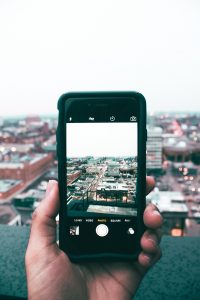
The iPhone 6’s camera improves dramatically over that of the iPhone 5s, but it does so almost silently. The megapixels remain the same – and for those who know photography, it’s not a big problem – but the sensor is further improved and a new stabilization for photos and videos is introduced. On the iPhone 6 the stabilization is of the digital type, while on the iPhone 6 Plus it is of the optical type and therefore has a better yield. However, the stabilization of the iPhone 6 is much higher than that of the iPhone 5s, you will notice it right away. In addition, the autofocus on the iPhone 6 reaches levels never seen before thanks to what Apple calls ” Focus Pixel ” and which allows you to focus in an ultra-fast way, both in photos and videos.
Also thanks to this technology, face recognition improves a lot on iPhone 6, both with the front and rear cameras. But the camera improvements do not end there: in fact, the panoramic photos arrive at 43 megapixels and the possibility of taking a quick sequence of photos with the front camera (which among other things now has an f / 2.2 lens against the f / 2.4 of iPhone 5s).
It’s always (a better) iPhone

If the aesthetic and dimensional changes can make us think of a phone that distances itself more and more from the old Jobsian concept of “iPhone”, in reality the heart of the latest born from Apple is always the same. IPhone 6 users will find everything they knew about previous iPhones within the new model and more. Exactly like iPhone 5s, iPhone 6 is equipped with a sensor for fingerprint detection integrated in the Home button and called ” Touch ID ” by Apple, useful for unlocking the device, for completing purchases on Apple stores and now also for using the Apple system. Pay for digital payments (currently active only in the United States) and now also to interact with the apps that will support it, in order to confirm operations or access without entering login data, but only the fingerprint.
Also Read: 5 Most typical Thermal Insulation Materials
Youth problems
Like every new iPhone – some more, some less – even the iPhone 6 is affected by ” youth problems “. For iPhone 4 it was the Retina screen and the initially poor availability of applications compatible with the new standard; for iPhone 5 there was the problem of the larger screen and apps running at “iPhone 4 resolution”, creating black bands at the top and bottom; for iPhone 6, however, the problem is always in the resolution, but at least the phenomenon is limited to a “blur” effect(blurry) in certain apps and zooming in on others.
Just like the problems of the iPhone 4 and iPhone 5, which today are only a memory, those of the iPhone 6 will certainly be corrected in record time. It is important to remember that from this moment on it is no longer up to Apple to intervene, but the developers of the individual applications will have to update their software to accommodate the new iPhone 6 and related resolutions. Below you can see the difference between a screenshot taken from an optimized app (Messages, on the left) and a screenshot taken from an app not yet optimized (WhatsApp).
Battery: Positive first impressions

Needless to say: it is really too early for the battery to make judgments. The autonomy of the phone cannot be evaluated in a week of use and probably not even in a month. When you have a new phone in your hands, you inevitably end up abusing it in the first few days, completely staggering the results in terms of daily use. However, according to the very first use tests carried out, the autonomy of the iPhone 6 would seem to be higher than that of the iPhone 5s , and this figure will only improve with the next updates of iOS 8. Another positive note is the charging speed: iPhone 6 it recharges in just over an hour from 0 to 100. Which isn’t bad at all. As mentioned, however, a more in-depth evaluation will take more time.
iPhone 6: the definitive iPhone, a little late
iPhone 6 is for the writer, at the time of writing, the definitive iPhone and at the same time the iPhone that Apple should have made two years ago. But not for a trivial consideration on the hardware of the device ( which still has superior performance compared to the Android counterparts with more advanced configurations ) but for the simple reason that it is perhaps only with the iPhone 6 that it completely breaks with the iPhone we know from the 2010, the last great iPhone from Apple, the last iPhone that had equally broken with the past and which marked the way for all the others.
Sure, Apple can be criticized for being late, but it does nothing. Better late than never. Now I’m back to enjoy my new iPhone, my perfect iPhone, as I haven’t done since 2010. Without ifs and buts. iPhone 6 is the best on the market to meet my needs, which are those of many, many.

